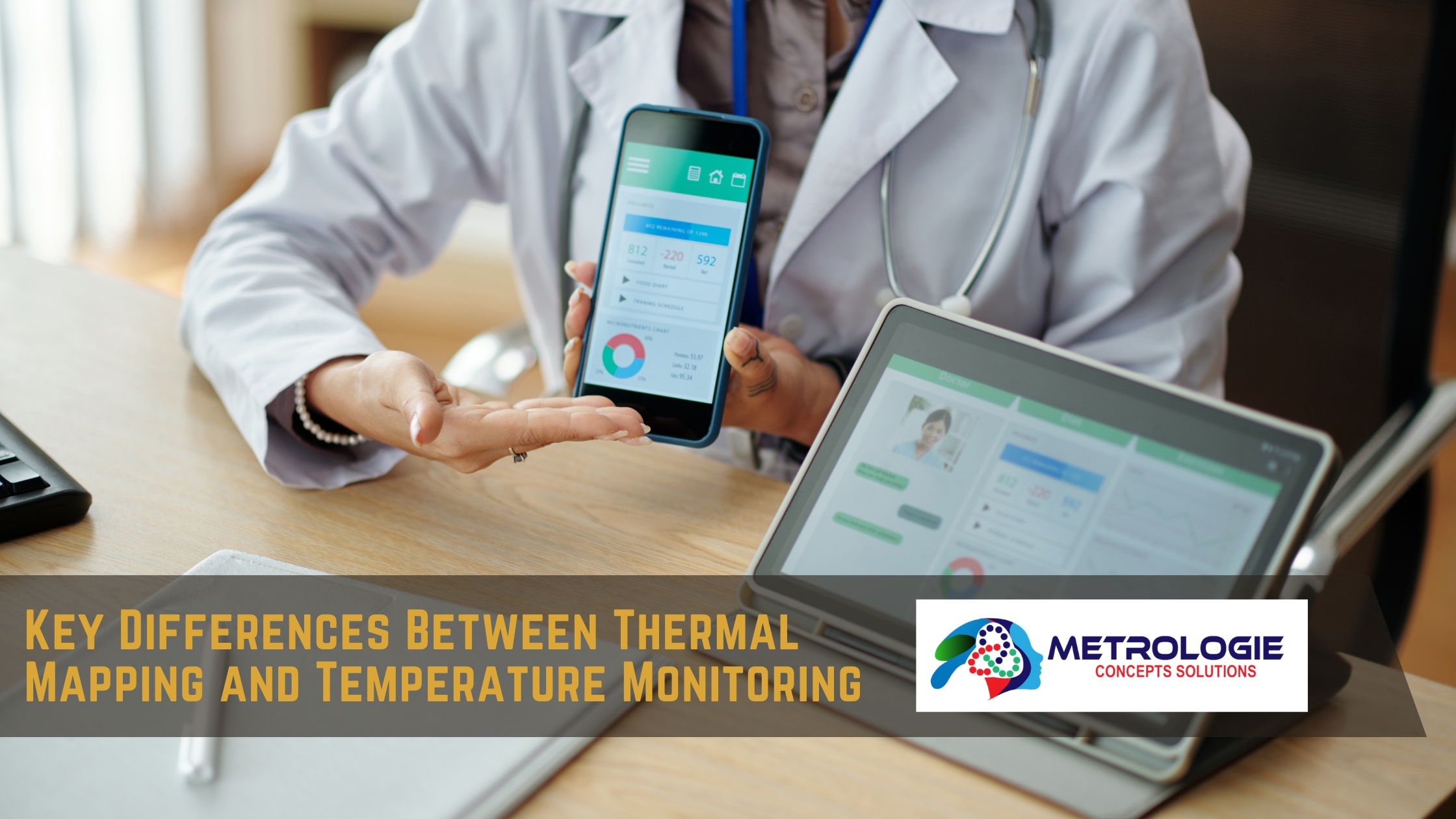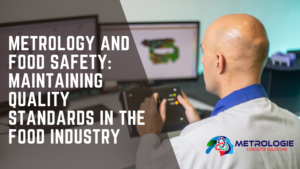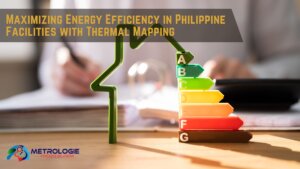In today’s technologically advanced world, understanding and managing temperature is crucial across various industries, from electronics and manufacturing to healthcare and environmental science. Two common techniques used to achieve this are thermal mapping and temperature monitoring. While both involve measuring temperature, they differ significantly in their approach, applications, and the type of information they provide. This comprehensive article delves into the key distinctions between thermal mapping and temperature monitoring, exploring their respective strengths and weaknesses to help you determine the most appropriate method for your specific requirements.
Defining Thermal Mapping and Temperature Monitoring:
Before we delve into the differences, let’s define each technique:
- Thermal Mapping: Thermal mapping, also known as thermography, involves creating a visual representation of temperature distribution across a surface or within a volume. It uses specialized equipment, such as infrared cameras, to capture temperature variations and translate them into a color-coded image or map. This map provides a comprehensive overview of temperature patterns, highlighting hot spots, cold spots, and temperature gradients.
- Temperature Monitoring: Temperature monitoring, on the other hand, focuses on tracking temperature changes at specific points over time. It typically involves using sensors, such as thermocouples or resistance temperature detectors (RTDs), to measure temperature at discrete locations. The data collected is often displayed as a graph or chart, showing how temperature fluctuates over a period.
Key Differences: A Comparative Analysis:
The following table summarizes the key differences between thermal mapping and temperature monitoring:
| Feature | Thermal Mapping | Temperature Monitoring |
|---|---|---|
| Data Type | Visual image (temperature map) | Numerical data (temperature readings over time) |
| Scope | Wide area or entire surface/volume | Specific points or locations |
| Information | Spatial temperature distribution, thermal patterns | Temperature changes at specific points over time |
| Equipment | Infrared cameras, thermal imaging systems | Sensors (thermocouples, RTDs), data loggers |
| Cost | Generally more expensive (specialized equipment) | Generally less expensive (simpler equipment) |
| Complexity | More complex data analysis and interpretation | Simpler data analysis |
| Applications | Predictive maintenance, building inspection, medical diagnostics, electronics testing, process optimization | Weather monitoring, industrial process control, HVAC systems, food storage, environmental monitoring |
| Advantages | Provides a holistic view of temperature distribution, identifies thermal anomalies, non-contact measurement | Precise temperature measurements at specific points, real-time data acquisition, long-term monitoring |
| Disadvantages | Can be affected by surface emissivity, requires specialized training, less precise than point measurements | Limited to specific locations, may miss thermal anomalies outside sensor range |
Export to Sheets
Detailed Explanation of Key Differences:
Let’s explore some of these differences in more detail:
- Data Representation: Thermal mapping provides a visual representation of temperature, making it easy to identify patterns and anomalies. Temperature monitoring, conversely, provides numerical data, which can be analyzed statistically and used for trend analysis.
- Spatial Coverage: Thermal mapping offers a broad overview of temperature distribution across a large area, while temperature monitoring focuses on specific points. This makes thermal mapping ideal for identifying hot spots or cold spots that might be missed by point measurements.
- Data Interpretation: Interpreting thermal maps requires specialized knowledge and training to understand the underlying thermal dynamics. Temperature monitoring data is generally easier to interpret, as it directly reflects temperature changes at specific locations.
- Cost and Complexity: Thermal mapping equipment, such as infrared cameras, is typically more expensive than temperature sensors used in temperature monitoring. Furthermore, analyzing and interpreting thermal data often requires specialized software and expertise, adding to the overall cost and complexity.
- Applications: The different strengths of each technique make them suitable for distinct applications. Thermal mapping is widely used in predictive maintenance to detect equipment failures before they occur, in building inspection to identify insulation problems, and in medical diagnostics to detect temperature variations associated with certain medical conditions. Temperature monitoring is commonly used in weather monitoring, industrial process control, and environmental monitoring.
Choosing the Right Approach:
The choice between thermal mapping and temperature monitoring depends on the specific needs of the application. Consider the following factors:
- What information are you trying to obtain? If you need a comprehensive overview of temperature distribution, thermal mapping is the better choice. If you need to track temperature changes at specific points, temperature monitoring is more appropriate.
- What is the size of the area or object you are studying? Thermal mapping is more suitable for large areas or complex objects where temperature variations are likely to occur. Temperature monitoring is more appropriate for smaller areas or when temperature variations are expected at specific locations.
- What is your budget? Thermal mapping equipment is generally more expensive than temperature monitoring equipment.
- What is your level of expertise? Interpreting thermal data requires specialized knowledge and training. Temperature monitoring data is generally easier to interpret.
Hybrid Approaches:
In some cases, a hybrid approach combining both thermal mapping and temperature monitoring can be beneficial. For example, thermal mapping can be used to identify areas of interest, and then temperature monitoring can be used to track temperature changes at those specific locations over time.
Conclusion:
Thermal mapping and temperature monitoring are valuable tools for understanding and managing temperature. While both techniques involve measuring temperature, they differ significantly in their approach, applications, and the type of information they provide. By understanding these key differences, you can choose the most appropriate method for your specific needs, ensuring accurate and reliable temperature data for your application. Whether you need a holistic view of temperature distribution or precise measurements at specific points, there’s a technique that can help you achieve your goals. The key is to carefully consider your requirements and choose the method that best aligns with your objectives, budget, and expertise. In many cases, the insights gained from these techniques are invaluable, contributing to improved efficiency, safety, and performance across a wide range of industries.



